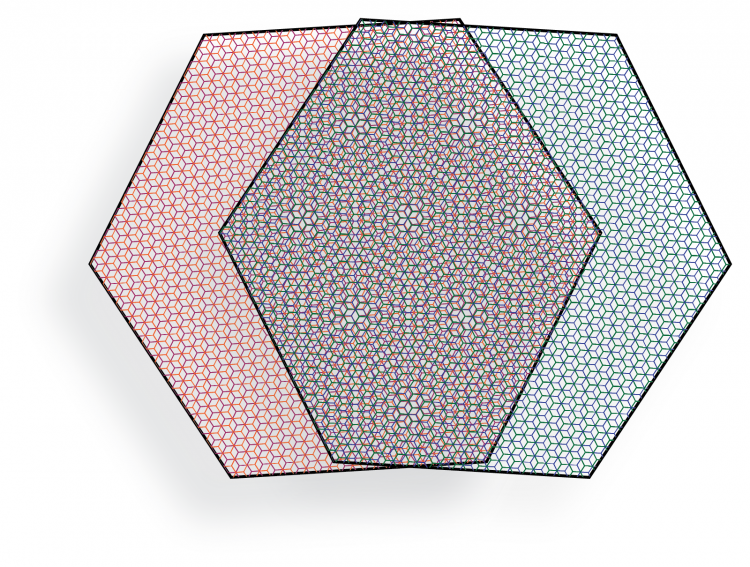
Six researchers affiliated with the Molecular Engineering & Sciences Institute are among the most influential in the world, according to the annual Highly Cited Researchers list published by the Web of Science, the world's largest publisher-neutral citation index.

In a paper published Sept. 14 in the journal Nature Physics, a team led by the University of Washington reports that carefully constructed stacks of graphene "” a 2D form of carbon "” can exhibit highly correlated electron properties. The team also found evidence that this type of collective behavior likely relates to the emergence of exotic magnetic states.
Future technologies based on the principles of quantum mechanics could revolutionize information technology. But to realize the devices of tomorrow, today's physicists must develop precise and reliable platforms to trap and manipulate quantum-mechanical particles. In a paper published Feb. 25 in the journal Nature, a team of physicists led by MolES faculty member Xiaodong Xu, a Boeing Distinguished Professor of both physics and materials science and engineering, reports the development of a new system to trap individual excitons.